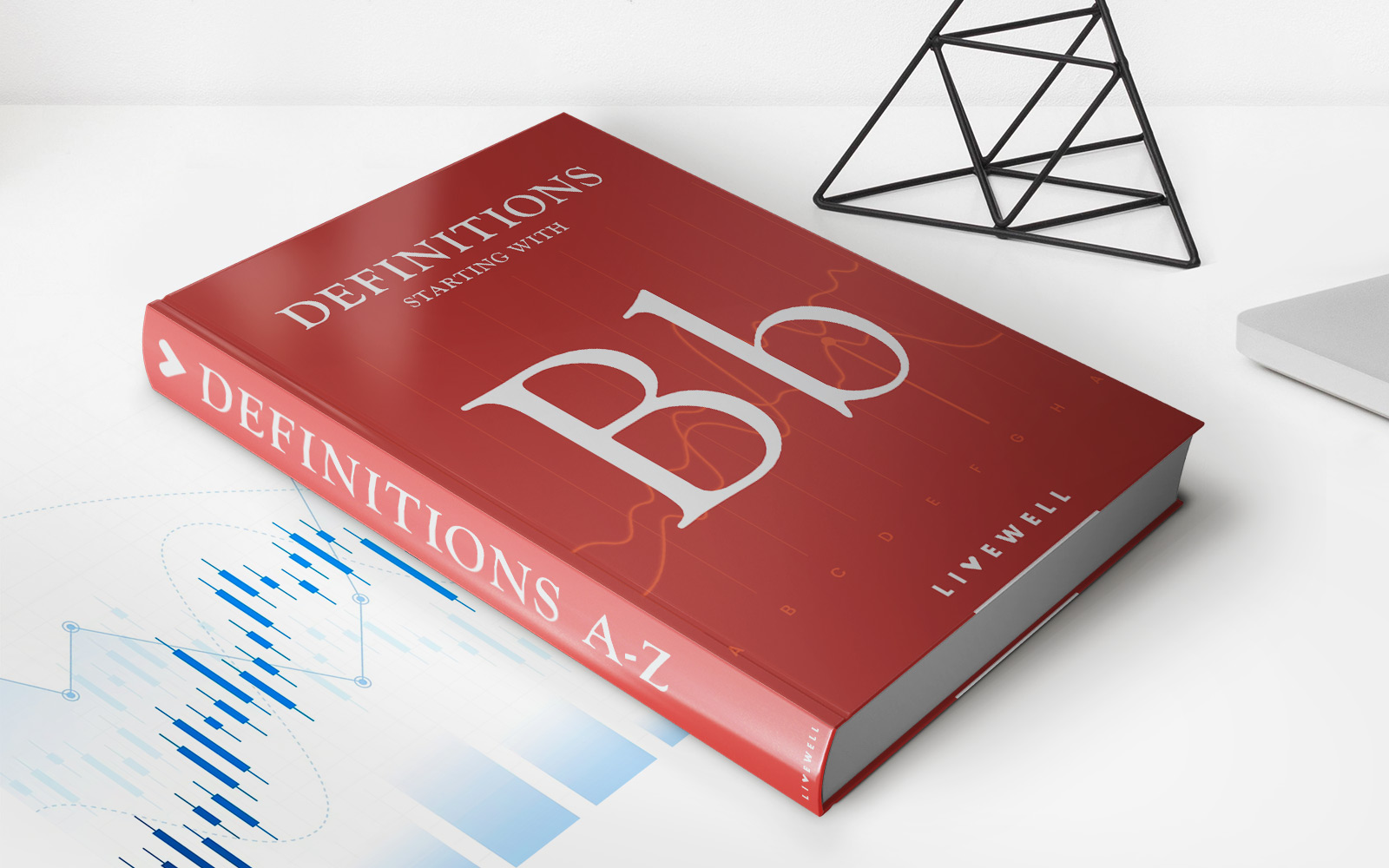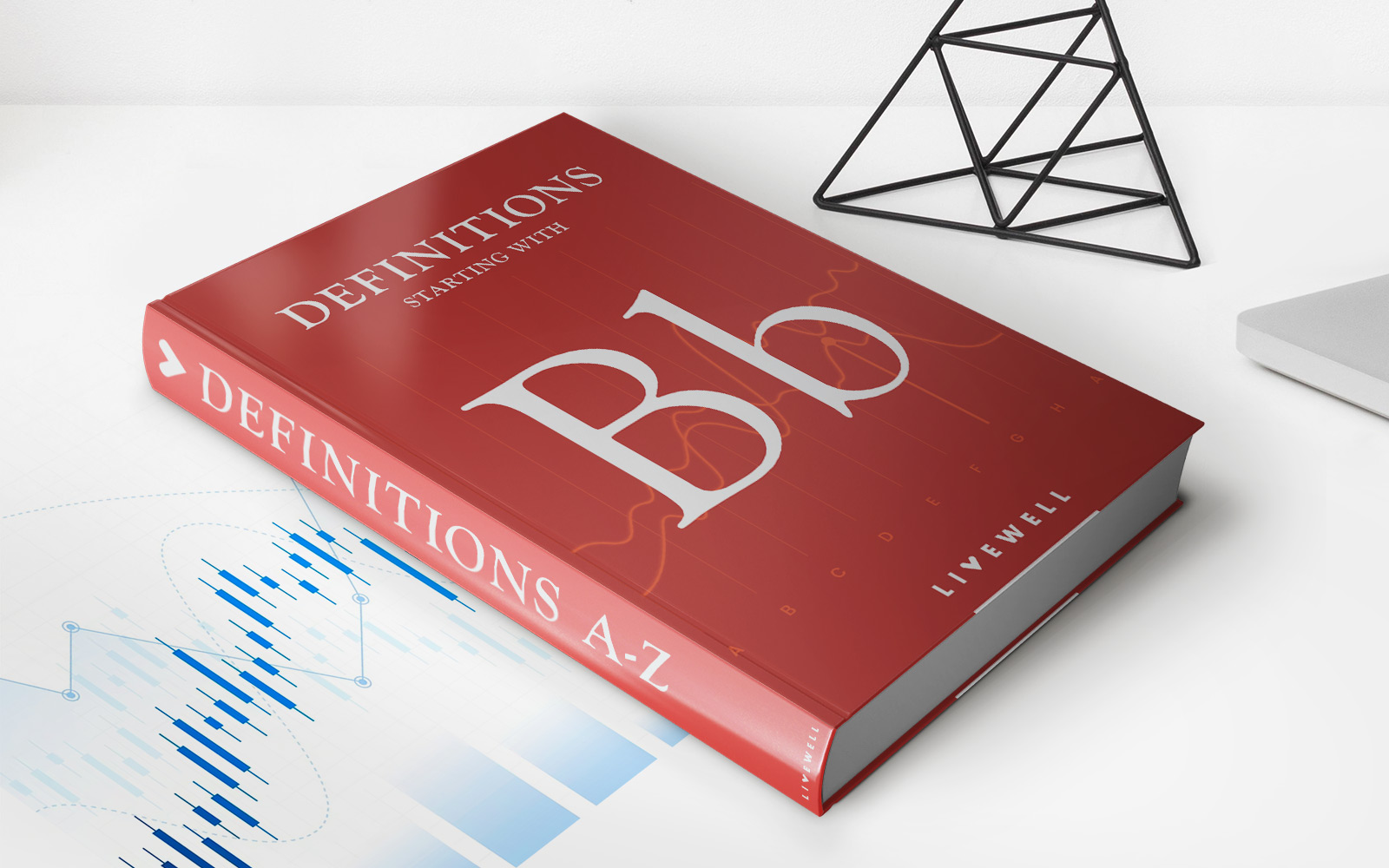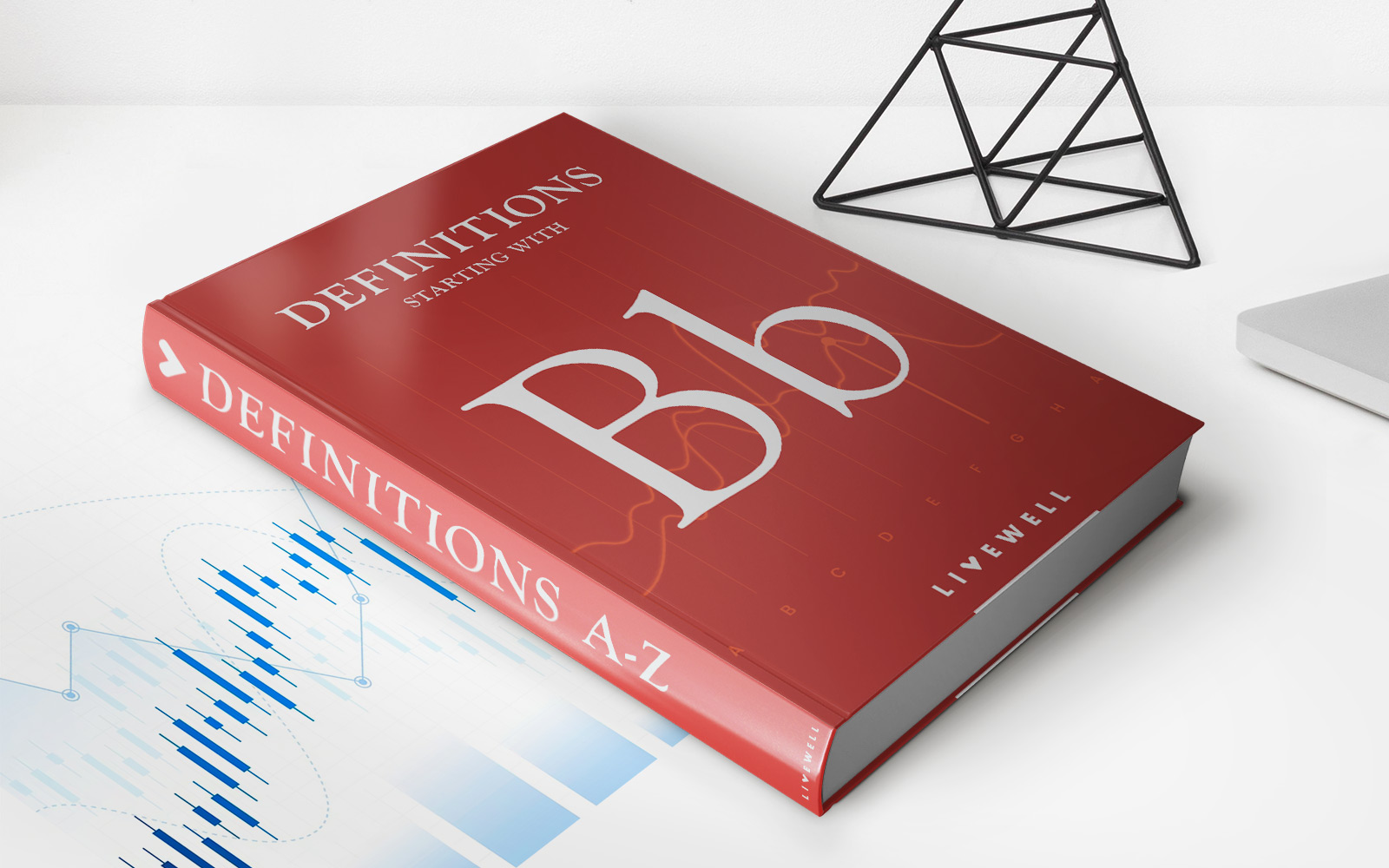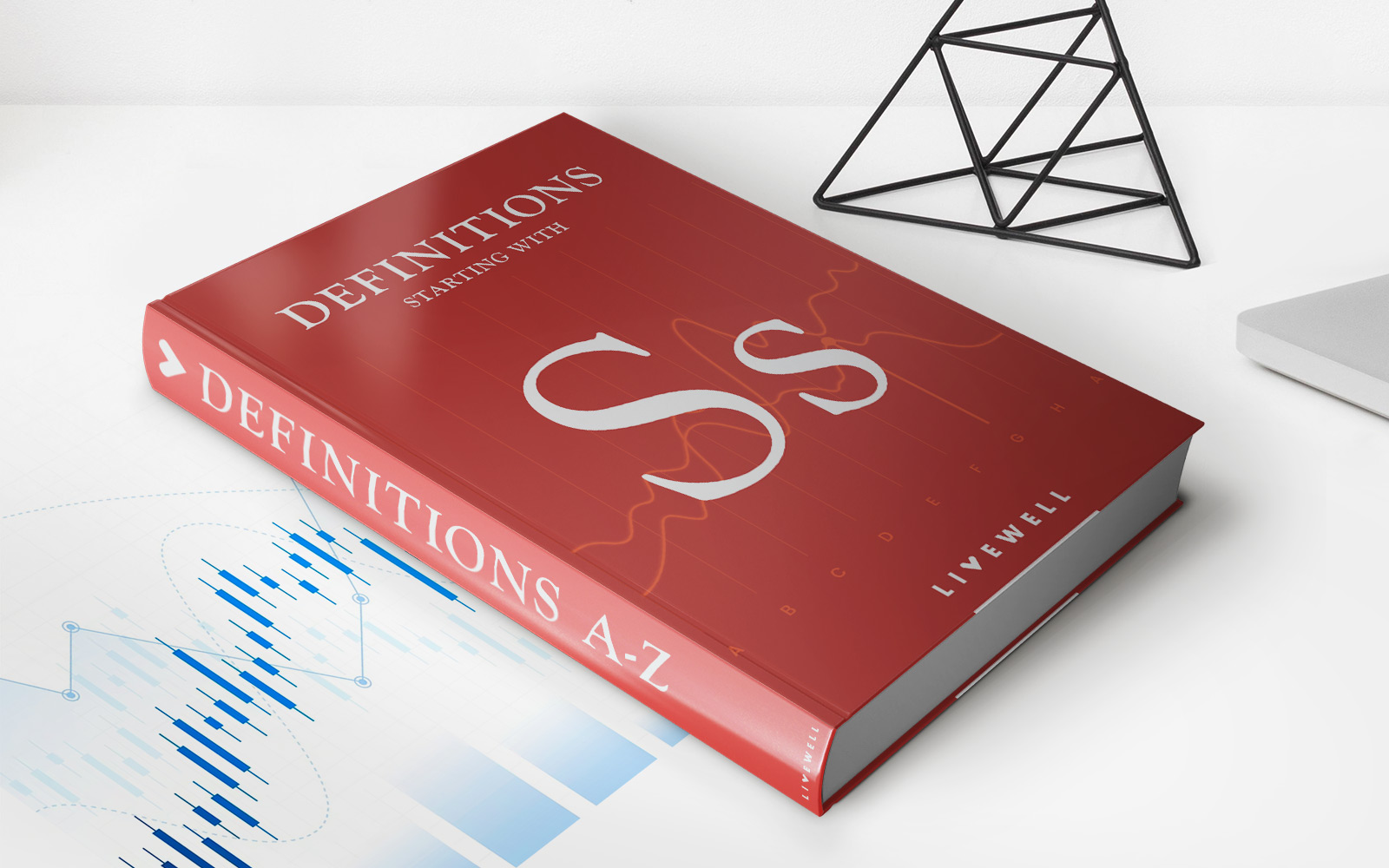Home>Finance>What Is A Black Box Model? Definition, Uses, And Examples


Finance
What Is A Black Box Model? Definition, Uses, And Examples
Published: October 16, 2023
Discover the definition, uses, and examples of black box models in finance. Explore the role and significance of these models in financial analysis and decision-making.
(Many of the links in this article redirect to a specific reviewed product. Your purchase of these products through affiliate links helps to generate commission for LiveWell, at no extra cost. Learn more)
What Is a Black Box Model? Definition, Uses, and Examples
Finance is a vast and complex field that requires skill and knowledge to navigate successfully. One concept that is often discussed in financial circles is the black box model. But what exactly is a black box model, and how can it be used in the world of finance? In this blog post, we will delve into the definition of a black box model, explore its uses, and provide some examples to help you better understand this important concept.
Key Takeaways:
- A black box model is a complex algorithm or system that takes in inputs and produces outputs without revealing the internal workings or mechanisms.
- These models are frequently used in finance to analyze and predict market trends, assess risk, and make investment decisions.
Defining the Black Box Model
Imagine a box into which you can input data, and from which you receive an output or result. The catch? You have no idea how the box actually processes the data or produces the output. This is essentially what a black box model is: a system or algorithm that takes in inputs and produces outputs, but with no visibility into the internal workings.
In the context of finance, a black box model is often based on complex mathematical or statistical algorithms. These models are typically used to analyze large sets of financial data, identify patterns, and make predictions. While the specific inner workings of these models may be hidden, their outputs provide valuable insights into market trends, risk assessment, and investment opportunities.
Uses of Black Box Models in Finance
Black box models are extensively used in finance for a wide range of applications. Some of the key uses of these models include:
- Market Analysis: Black box models can help finance professionals analyze and identify patterns in market data. By feeding historical market data into the model, it can identify trends, detect anomalies, and generate signals for potential investment opportunities.
- Risk Assessment: Financial organizations rely on black box models to assess and quantify risk. These models analyze various risk factors such as market volatility, economic indicators, and other relevant data to provide insights into potential risks associated with investments.
- Investment Decision-Making: Black box models are commonly used to aid in investment decision-making. By analyzing vast amounts of financial data, these models can generate recommendations for portfolio allocations, asset selection, and trading strategies.
- Algorithmic Trading: In highly automated financial markets, black box models play a crucial role in algorithmic trading. These models continuously analyze market data in real-time to identify optimal trading opportunities and execute trades accordingly.
Examples of Black Box Models
To better understand how black box models work in practice, let’s consider a few examples:
- Neural Networks: Neural networks are a type of black box model that mimic the human brain’s ability to recognize patterns. In finance, they can be used to analyze market data and make predictions based on historical trends.
- Machine Learning Algorithms: Machine learning algorithms are another common example of black box models. These algorithms can be trained to analyze financial data and make predictions about stock prices, credit risk, or other financial variables.
- High-Frequency Trading Models: In the world of high-frequency trading, black box models are extensively used to exploit short-term market inefficiencies. These models analyze vast amounts of data in real-time to identify opportunities for rapid trades.
While black box models offer valuable insights and analysis in the financial industry, it is important to note that they are not without limitations. The lack of transparency in how these models arrive at their conclusions can sometimes make them less intuitive or susceptible to sudden changes in market conditions. However, when used appropriately and in conjunction with other analytical tools, black box models can be powerful tools for finance professionals.
In conclusion, black box models are intricate systems in finance that provide insights and analysis by processing inputs and generating outputs without revealing their internal workings. These models are invaluable for market analysis, risk assessment, investment decision-making, and algorithmic trading. By harnessing the power of black box models, finance professionals can gain a competitive edge in understanding market trends and making informed investment decisions.














